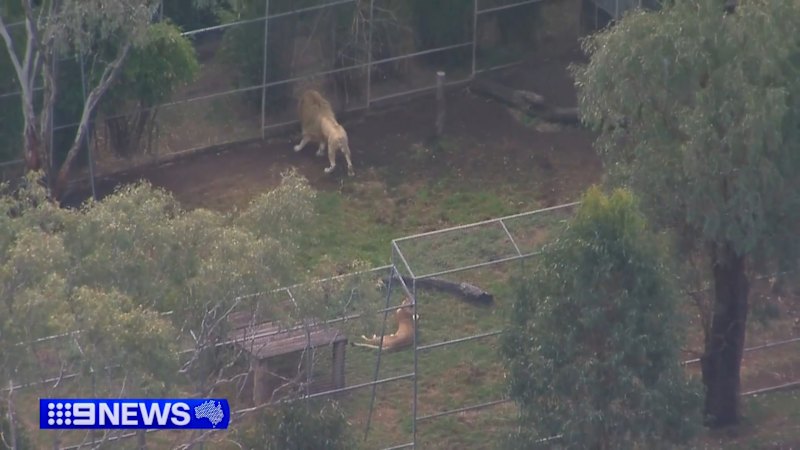
A woman suffered a severe injury after being attacked by a big cat at a Queensland zoo on Saturday. The incident, which occurred during a routine visit, has left the victim with a severely injured arm, prompting an urgent response from emergency services.
The attack took place at approximately 2:00 PM local time, when the woman, whose identity has not been disclosed, was reportedly near the enclosure of the big cat species. Emergency services were called to the scene, and the woman was swiftly transported to the Royal Brisbane and Women’s Hospital for immediate medical attention.
Details of the Incident
According to eyewitnesses, the woman was observing the animal when it suddenly lunged at her through the enclosure bars. The zoo’s staff quickly intervened, but the severity of the attack left the woman with significant injuries.
Dr. Emily Carter, a wildlife expert, explained the possible reasons behind such attacks. “Big cats are unpredictable and can be triggered by various factors, including stress or unfamiliar conditions,” she said. “It’s crucial to maintain a safe distance and adhere to all safety guidelines when visiting such enclosures.”
Zoo’s Response and Safety Measures
The Queensland Zoo has expressed deep concern over the incident and is cooperating with authorities to investigate the circumstances leading to the attack. In a statement, the zoo emphasized its commitment to visitor safety and outlined the stringent measures in place to prevent such occurrences.
“Our thoughts are with the victim and her family during this difficult time,” the zoo’s spokesperson stated. “We are reviewing our safety protocols to ensure the highest standards are maintained.”
The zoo has temporarily closed the big cat enclosure to conduct a thorough safety assessment and implement any necessary improvements.
Historical Context and Expert Opinions
Attacks by big cats in zoos are rare but not unprecedented. In recent years, there have been several notable incidents worldwide, prompting discussions on the balance between wildlife conservation and public safety.
The Wildlife Conservation Society notes that while zoos play a vital role in conservation and education, they must continuously evolve their safety practices. “Ensuring both animal welfare and visitor safety is a complex challenge that requires ongoing evaluation and adaptation,” a representative from the society commented.
“Ensuring both animal welfare and visitor safety is a complex challenge that requires ongoing evaluation and adaptation.” – Wildlife Conservation Society
Implications and Future Considerations
This incident raises questions about the safety protocols in place at wildlife attractions and how they can be improved to prevent future occurrences. Experts suggest that enhanced training for staff and better infrastructure design could mitigate risks.
Meanwhile, the woman remains in stable condition, and her recovery is being closely monitored by medical professionals. The zoo has pledged to support her and her family throughout the recovery process.
As investigations continue, the incident serves as a stark reminder of the inherent risks associated with wildlife interactions and the importance of rigorous safety standards in protecting both humans and animals.
The Queensland Zoo plans to release a detailed report on the incident in the coming weeks, which will include recommendations for enhancing safety measures and preventing similar incidents in the future.





